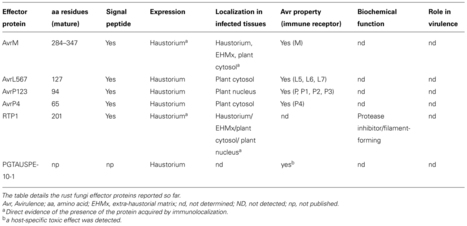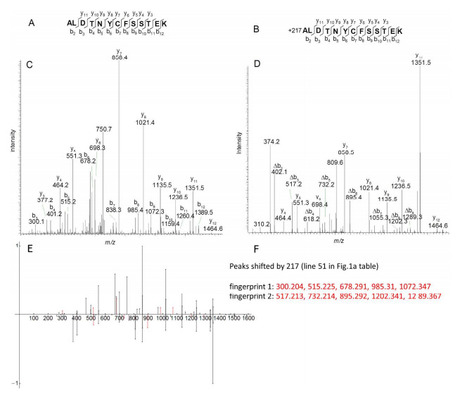Oomycetes form a deep lineage of eukaryotic organisms that includes a large number of plant pathogens that threaten natural and managed ecosystems. We undertook a survey to query the community for their ranking of plant pathogenic oomycete species based on scientific and economic importance. In total, we received 263 votes from 62 scientists in 15 countries for a total of 33 species. The Top 10 species and their ranking are: (1) Phytophthora infestans; (2, tied) Hyaloperonospora arabidopsidis; (2, tied) Phytophthora ramorum; (4) Phytophthora sojae; (5) Phytophthora capsici; (6) Plasmopara viticola; (7) Phytophthora cinnamomi; (8, tied) Phytophthora parasitica; (8, tied) Pythium ultimum; and (10) Albugo candida. The article provides an introduction to these 10 taxa and a snapshot of current research. We hope that the list will serve as a benchmark for future trends in oomycete research.
See also [link below]:
Top 10 plant-parasitic nematodes in molecular plant pathology
Top 10 plant viruses in molecular plant pathology
Top 10 plant pathogenic bacteria in molecular plant pathology
The Top 10 fungal pathogens in molecular plant pathology
http://onlinelibrary.wiley.com/journal/10.1111/(ISSN)1364-3703/homepage/free_poster.htm
Via
Kamoun Lab @ TSL
 Your new post is loading...
Your new post is loading...
 Your new post is loading...
Your new post is loading...



































The downy mildew pathogen Hyaloperonospora arabidopsidis (Hpa) is a filamentous oomycete that invades plant cells via sophisticated but poorly understood structures called haustoria. Haustoria are separated from the host cell cytoplasm and surrounded by an extrahaustorial membrane (EHM) of unknown origin. In some interactions, including Hpa-Arabidopsis, haustoria are progressively encased by host-derived, callose-rich materials but the molecular mechanisms by which callose accumulates around haustoria remain unclear. Here, we report that PLASMODESMATA-LOCATED PROTEIN 1 (PDLP1) is expressed at high levels in Hpainfected cells. Unlike other plasma membrane proteins, which are often excluded from the EHM, PDLP1 is located at the EHM in Hpa-infected cells prior to encasement. The transmembrane domain and cytoplasmic tail of PDLP1 are sufficient to convey this localization. PDLP1 also associates with the developing encasement but this association is lost when encasements are fully mature. We found that the pdlp1,2,3 triple mutant is more susceptible toHpa while overexpression of PDLP1 enhances plant resistance, suggesting that PDLPs enhance basal immunity against Hpa. Haustorial encasements are depleted in callose inpdlp1,2,3 mutant plants whereas PDLP1 over-expression elevates callose deposition around haustoria and across the cell surface. These data indicate that PDLPs contribute to callose encasement of Hpa haustoria and suggests that the deposition of callose at haustoria may involve similar mechanisms to callose deposition at plasmodesmata.